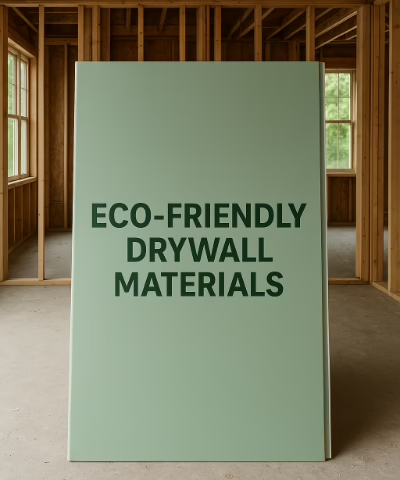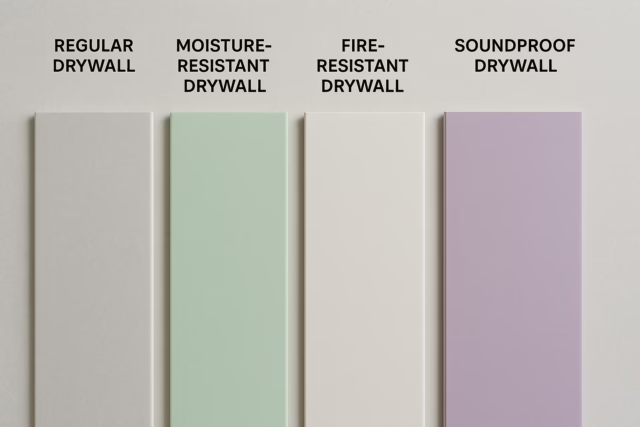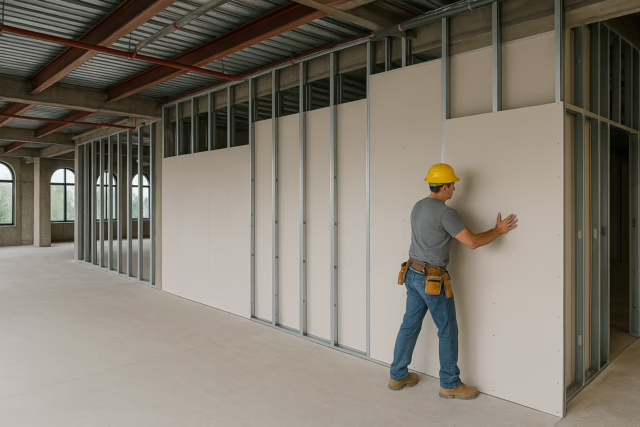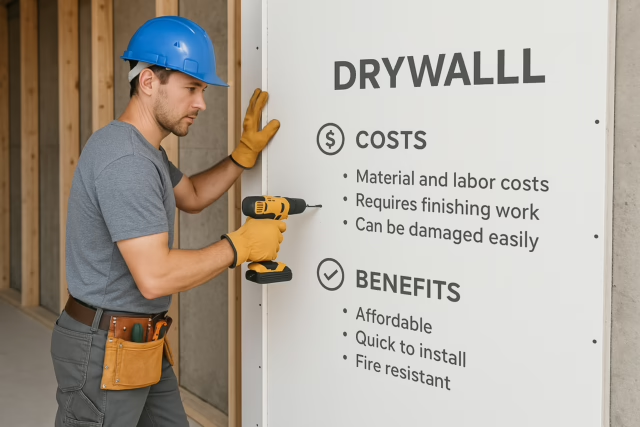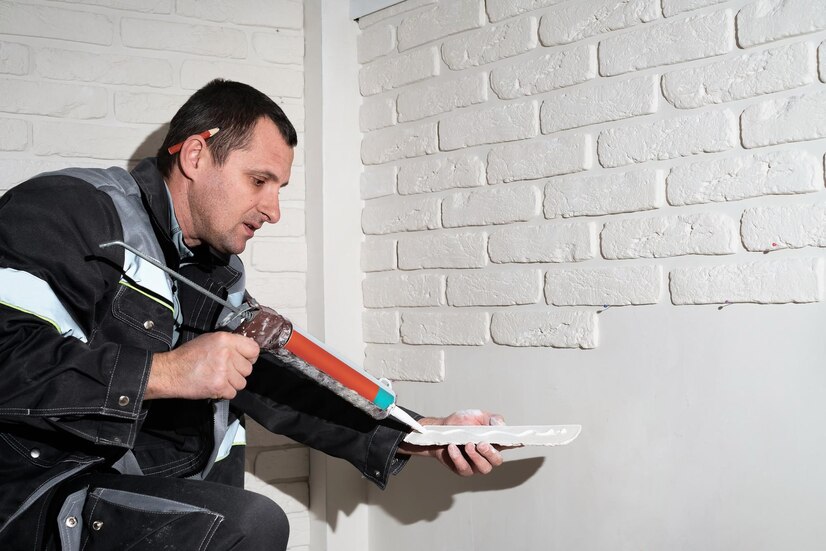Taping drywall is a critical step in ensuring smooth and flawless walls. However, even small mistakes can lead to noticeable imperfections and future problems. To help you achieve professional results, let’s explore some common mistakes in taping drywall and how to avoid them.
1. Skipping Surface Preparation
First and foremost, one of the most common mistakes is skipping proper surface preparation. Dust, debris, and loose drywall compound can prevent the tape from adhering properly. Always clean the surface thoroughly before applying tape to ensure a strong bond.
2. Using the Wrong Type of Tape
Choosing the wrong type of tape is another frequent error. Paper tape is best for straight seams and inside corners, while fiberglass mesh tape is ideal for repairs and quick fixes. Using the right tape for the right job can make a significant difference in the final outcome.
3. Applying Too Much Compound
Applying too much joint compound can lead to a bumpy, uneven finish. Additionally, thick layers take longer to dry and are more prone to cracking. Instead, apply thin, even coats, and build up the layers gradually.
4. Failing to Embed the Tape Properly
Improperly embedded tape can cause bubbles and blisters. To avoid this, apply a thin layer of joint compound first, then press the tape firmly into the compound using a drywall knife. Ensure there are no air pockets under the tape.
5. Not Feathering the Edges
Not feathering the edges of the joint compound is a common mistake that can leave visible lines on the wall. Feather the edges by gradually decreasing the pressure on your drywall knife as you move away from the seam. This technique helps blend the compound into the surrounding wall for a seamless look.
6. Rushing the Drying Process
Drywall taping requires patience. Rushing the drying process can lead to cracking and shrinking. Allow each coat of compound to dry completely before applying the next layer. Using a fan or dehumidifier can help speed up drying times, but never skip this essential step.
7. Over-Sanding the Joints
While sanding is necessary for a smooth finish, over-sanding can damage the tape and compound, leading to weak joints. Use fine-grit sandpaper and sand lightly, focusing on blending the edges rather than removing large amounts of material.
8. Ignoring Temperature and Humidity
Temperature and humidity can significantly impact the drying and setting times of joint compound. Extremely cold or humid conditions can delay drying, while hot and dry environments can cause the compound to dry too quickly, leading to cracks. Aim to work in a controlled environment with moderate temperature and humidity for the best results.
9. Inconsistent Compound Mixing
Inconsistent mixing of the joint compound can result in lumps and an uneven finish. Always mix the compound thoroughly to achieve a smooth, consistent texture. If using pre-mixed compound, stir it well before each use.
10. Neglecting Safety Measures
Finally, neglecting safety measures is a mistake that can lead to serious health issues. Drywall dust can be harmful when inhaled, so always wear a dust mask and goggles while sanding and mixing joint compound. Additionally, keep your work area well-ventilated.
For more detailed guidance on drywall taping and other drywall techniques, visit HD Drywall Services. Learn about our expertise on our About Us page, or get in touch with us through our Contact page. Don’t forget to follow us on Facebook for the latest updates and tips.

